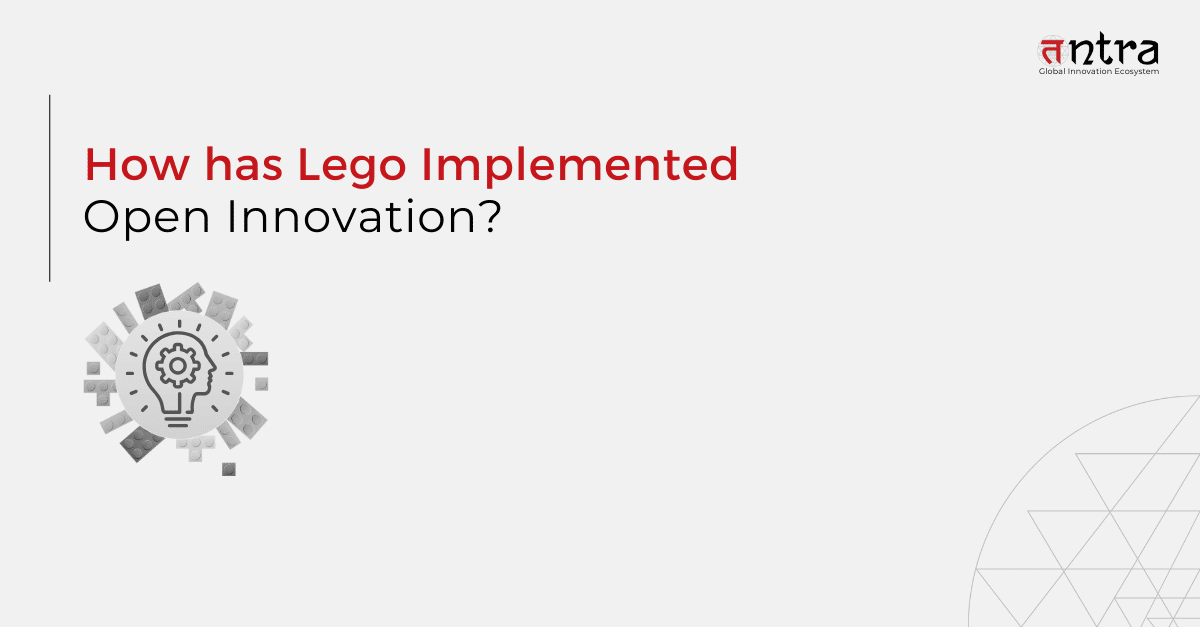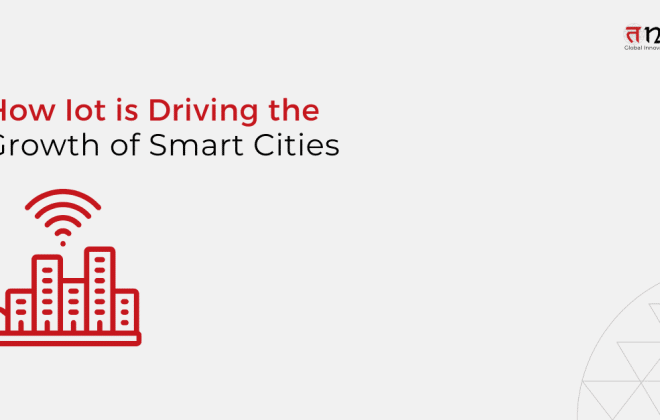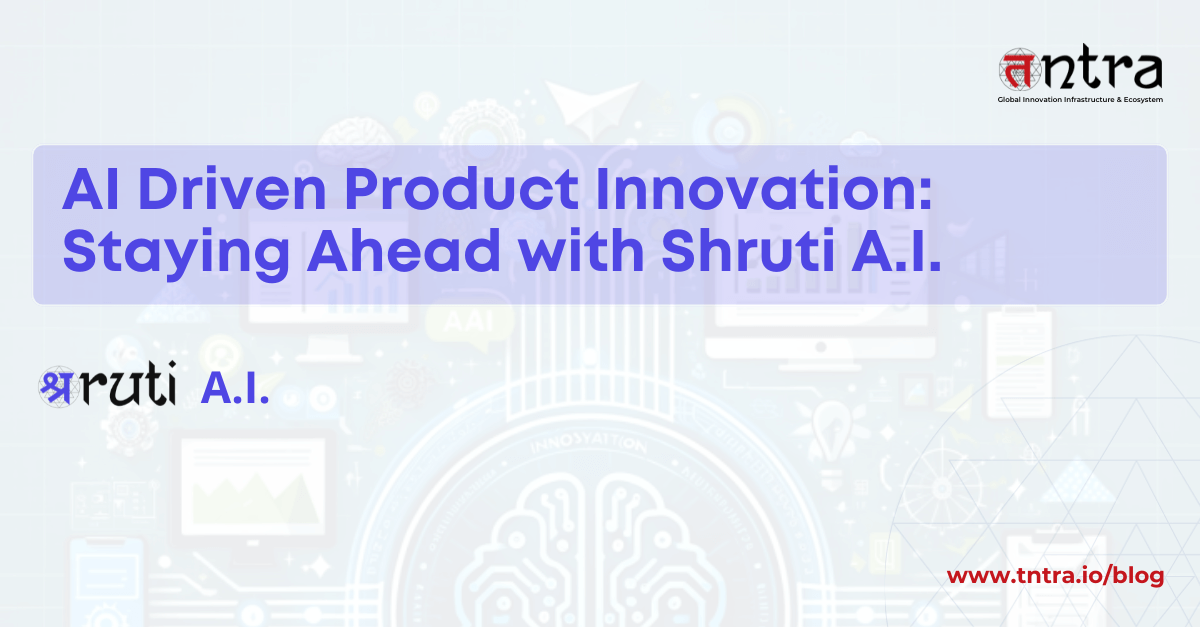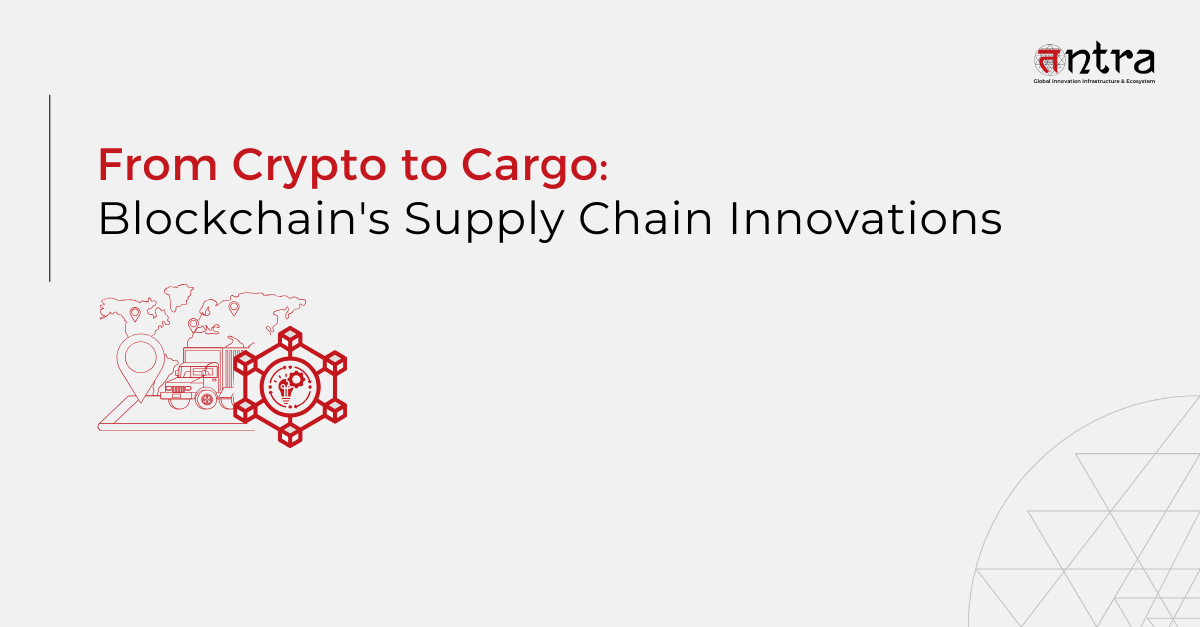
How has Lego Implemented Open Innovation?
Table of Contents
ToggleLego’s leadership in the toy market is unmatched. And yet, the company once struggled to keep up with the changing pace and demands of the market. Introducing the Lego Ideas platform generated a massive impact. This open innovation strategy led Lego to connect deeply with its customers and create their desired products. This article addresses the complete open innovation strategy that Lego adopted to regain its leadership in the industry.
LEGO’s battle to maintain its market share in the face of internet competition has not always been easy. LEGO requires a new growth plan to compete in a sluggish sector (the global toy market increased by 1% in 2017). In 2017, the company’s revenues declined by 8%, marking the first decline in over a decade.
Additionally, 1,400 people were laid off. In 2003, in response to these demands, LEGO first tried to provide variety by launching new items like video games and theme parks. These introductions, however, had unforeseen repercussions that complicated things for customers, caused inventory problems for LEGO, and caused supply delays for merchants.
Using its large customer base as a starting point, LEGO developed its well-known turnaround method. LEGO developed low-risk, low-cost innovation approaches in The Future Lab that resulted in the quick construction of minimal viable prototypes. The benefits of open innovation are unmatched. The objective was to gather user input on a limited basis prior to making significant investments, exemplifying LEGO’s belief that “people don’t have to work for us to work with us.” This is the beginning of customer-generated innovation at Lego.
To support this approach, the business introduced LEGO Ideas, an online crowdsourcing tool that lets users submit and vote on ideas they want to see added to the product lineup. Every year, hundreds of ideas are submitted to LEGO Ideas, which uses social media to produce useful information.
LEGO reached new audiences by concentrating on things and open innovation platforms that would thrive – thanks to its large physical footprint and well-known brand. Two notable initiatives were LEGO Architecture (famous building sets), which raised adult interest in LEGO, and LEGO Friends, which expanded the brand’s female audience.
(Source: MIT Sloan Review)
Lego Ideas: The Portal to Innovation
Through the Lego Ideas program, customers can submit ideas for new products to Lego by interacting with a proprietary online software platform. The Lego user community then casts votes on these suggestions. Lego starts its internal product development and design evaluation procedures when a design receives 10,000 community votes. A royalty of 1% of sales is paid to the original user creator of each design chosen for production each year.
Like many commercial crowdsourcing projects, Lego Ideas engages directly with the consumer by offering kids and teens educational opportunities as well as entertainment value. Information technology is used to enhance the core value proposition of the business.
Customers may still create and learn, but they can also interact with other Lego builders in the community, which makes the platform more appealing. Lego Ideas is based on the socially conscious business model that consumer goods companies must realize is vital. Before the product is developed and made available to the public, the user voting method partially validates the demand hypothesis instead of doing a market test afterward. This is the opposite of how Lego normally makes toys. That’s what elevated its product development operations.
To gather suggestions for particular topics, LEGO Ideas also holds competitions. For instance, the firm is hosting a competition where participants are encouraged to construct their own bikes and landscapes out of LEGO bricks in honor of the motorbike manufacturer Ducati’s immortalization in LEGO Technic parts. Like many of LEGO’s previous contest winners, the victors of this preliminary contest might see their designs put into manufacturing sometime in the future – as a part of their product development processes.
Another competition asks participants to create a “fun Lego minifigure scene” or an “alternative nature build.” The winners’ entries will be shown in the well-known LEGO House in Denmark. Open innovation is a strategy that LEGO has used to generate ideas for new products and to maintain customer engagement.
(Source: Harvard Edu)
Conclusion: Open Innovation Leads Lego to Win
The Lego Ideas crew must consider the medium-term effects of open innovation on consumer relationships before allowing the Lego fan to participate in the creative process. Open innovation provides free inputs; therefore, it makes sense that clients would want access to the company’s assessment procedure. Lego easily overcame all the challenges of open innovation.
Lego’s management must strike the right balance between allowing customers to observe internal operations and protecting trade secrets. After a proposal receives approval, this could be done in a public setting where executives provide a high-level explanation of the elements that influenced their decision. Lego must strike a balance when answering client demands, regardless of how it is carried out, because its internal procedures are sensitive, and its connection with customers is sacred.
If you are looking to take advantage of Open Innovation Practices, then Tntra, a software product engineering company, is the experimentation ground to do that. With our team of experts, we elevate your product development and marketing operations by keeping innovation at the forefront of your game.
Contact us today!





